A-Z of prog rock
From King Crimson to Yes via Floyd and ELP, it's the expert guide to prog
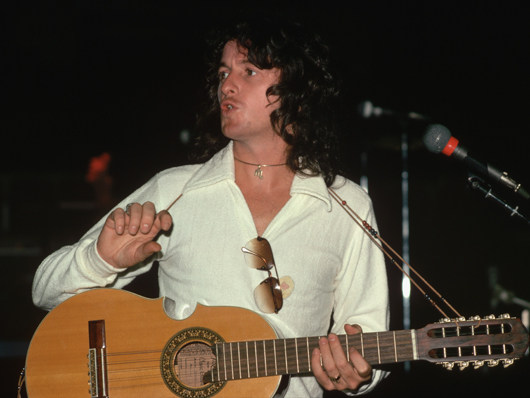
Anderson, Jon
A is for… Anderson, Jon
The diminutive and high-pitched singer of Yes is one of prog’s best known and distinctive front men.
Anderson fronted the band through their classic 70s era and also during their 80s resurgence, as well as launching a successful solo career. He's also known for having more contemporary hits with keyboard pal Vangelis.
Currently ousted from Yes following a health scare, much to the chagrin of fans, but is back on the road to recovery. His distinctive tones were matched by his legendarily unfathomable lyrics.
A is also for… Asia
A supergroup formed of members of Yes, King Crimson and Emerson, Lake & Palmer in the early ‘80s, Asia's mix of AOR and prog rock rocketed them to the top of the charts for a few years at least, whilst most music critics seethed with barely concealed vitriol.
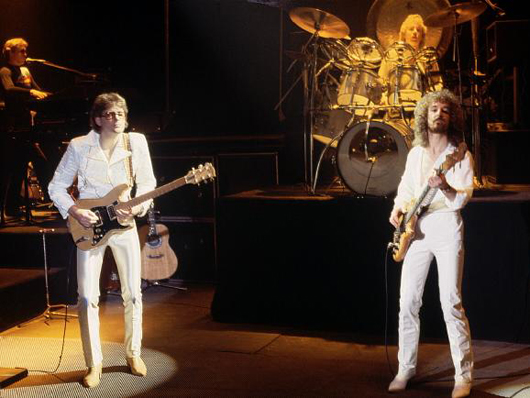
Barclay James Harvest
B is for… Barclay James Harvest
Formed in Saddleworth in 1966, Barclay James Harvest mixed their early progressive sounds with orchestral arrangements, which placed them firmly in the symphonic prog area.
This was also occupied by the likes of The Moody Blues, forcing BJH to respond to critics by penning Poor Man’s Moody Blues. Still a going concern today, although like many prog bands of their era, the original members have fallen out, meaning two parties currently tour under the BJH moniker.
B is also for… Bigelf
A modern day prog quartet from Los Angeles, Bigelf formed in 1991. However it was signing to ex-Four Non Blonde singer Linda Perry’s Custard label and releasing Cheat The Gallows in 2008 that really set the band, fronted by top-hatted Damon Fox, on the right road. Currently touring North America as support to Porcupine Tree.
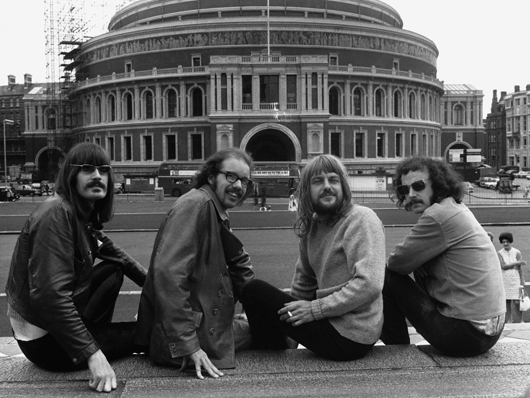
Canterbury Scene
C is for… Canterbury Scene
The name given to a collective of bands who, somewhat unsurprisingly, mostly hailed from the Canterbury area.
Most notable bands were Soft Machine, Caravan, Camel (who didn’t actually come from Canterbury) and later on National Health and Hatfield & The North.
All the bands followed a slightly jazzier, more pastoral route than some of the more bombastic and ostentatious prog bands of the 70s, and thus had more low-key success.
C is also for… Curved Air
Formed in 1970, Curved Air added classical, folk and electronic elements to their progressive sound. However they were most noticeable for having a female singer, the not unattractive Sonja Kristina, who was prog’s pin-up girl du jour and helped propel their single Back Street Luv to number four in the charts in 1971. Check the reformed band out at Glastonbury later this year.
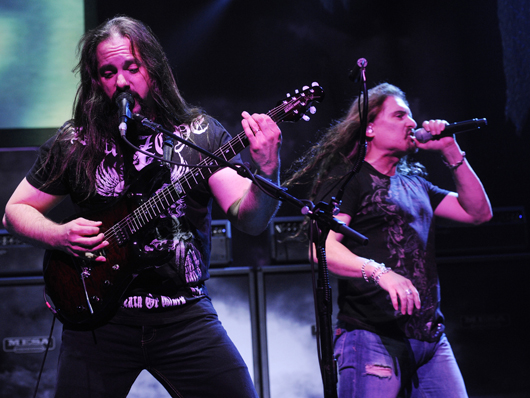
Dream Theater
D is for… Dream Theater
Immensely successful US prog metal band, indeed one of the most successful prog metal bands there’s ever been. In their very early days Dream Theater sounded like a cross between Metallica and Rush, but their sound has become bolder and more progressive as the years have passed.
Unusual for a modern day prog band in as much as they’ve had major chart success with both a major label (Atlantic) and now with metal indie Roadrunner.
Prodigiously talented, the band notably champion prog with their international touring progfest the Prog Nation tours.
D is also for… Dark Side Of The Moon, The
Pink Floyd’s legendary 1973 album which rocketed the band into the stratosphere. The sixth studio album the band released, it was a conceptual treatise on life, death and mental fragility (perhaps a nod to the band’s former frontman Syd Barrett), the album spent over two years on the Billboard charts.
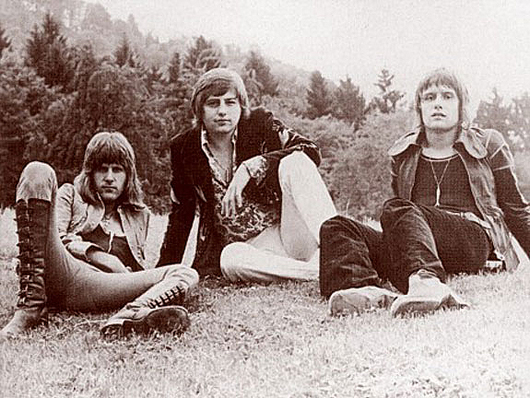
Emerson, Lake & Palmer
E is for… Emerson, Lake & Palmer
Prog rock’s original supergroup pulled in keyboard player Keith Emerson from The Nice, bassist/singer Greg Lake from King Crimson and drummer Carl Palmer from the Crazy World of Arthur Brown.
They premiered at the Isle Of Wight Festival in 1970 and became one of the biggest bands on the planet, although the late John Peel grumbled that they were a “waste of electricity”. Known for their OTT stage shows, by the mid-70s they also came to embody the excesses for which prog would be slated by the punks.
This year they celebrate their 40th Anniversary and have reunited to perform at Classic Rock magazine’s High Voltage Festival.
E is also for…The Enid
A quasi-classical prog rock outfit fronted by the eccentric Robert John Godfrey, a one-time member of Barclay James Harvest, The Enid are a quirky act who were once signed to EMI. Their party piece was to perform Elgar’s Land Of Hope & Glory at Reading Festival during the ‘80s to a bemused audience of headbangers and punks.
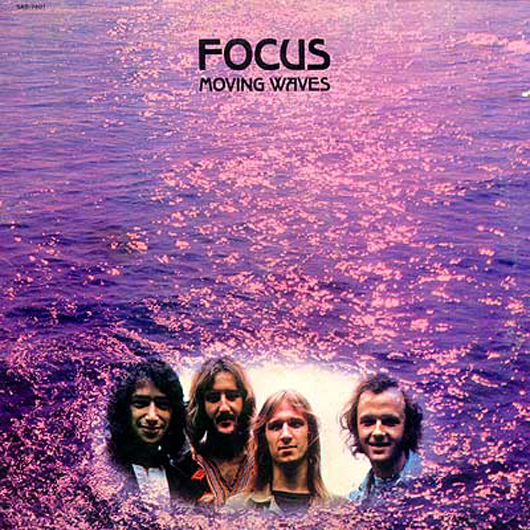
Focus
F is for… Focus
A Dutch prog rock quartet who are best known for introducing yodelling into prog on the legendary hit Hocus Pocus on which flautist Thijs Van Leer vocalised like a maniac over Jan Akkerman’s heavy metal riffing.
Focus are aso notable for supplying the theme music for Steve Coogan’s Saxondale TV programme with House Of The King from their 1970 In And Out Of Focus debut.
Still going with two original members although like many bands of their era, to diminishing returns.
F is also for… Fripp, Robert
The professorial leader of King Crimson and guitar whizz, who legendarily broke up Crimson as they were reaching a commercial and creative high in the mid-70s. Fripp reformed the band with a new line-up and vastly different sound in the 80s. Married to Toyah Wilcox and notably diffident when it comes to progressive rock music.
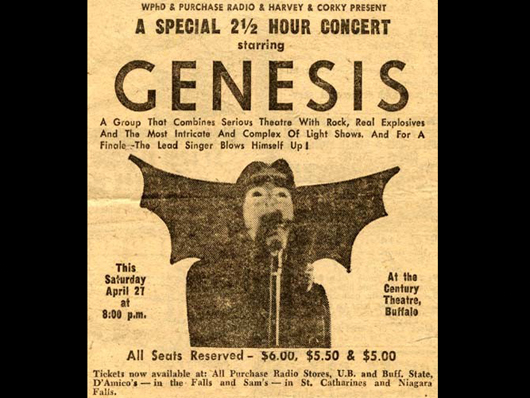
Genesis
G is for… Genesis
Arguably one of the biggest and most commercially successful of all the prog rock bands.
Formed at Charterhouse public school in 1967 and managed, for a short while by Jonathan King. Originally arty and complex and fronted by Peter Gabriel, when he quit after the epic concept album The Lamb Lies Down On Broadway.
Drummer Phil Collins took over as singer and the band became more of a stadium rock band as long-time fans blamed the garrulous Collins for dumbing down the progressive inclinations of the band. Reformed in 2007 for a massively successful tour, but alas, without Gabriel.
G is also for… Gong
Originally a bizarre hippie collective based in France who believed in a world of flying tea-pots and pot-headed pixies. Fronted by eccentric Australian Daevid Allen and featuring Steve Hillage on guitar, in the 70s Gong became a jazz fusion outfit, but reformed recently with their ‘classic’ line-up to notable success.
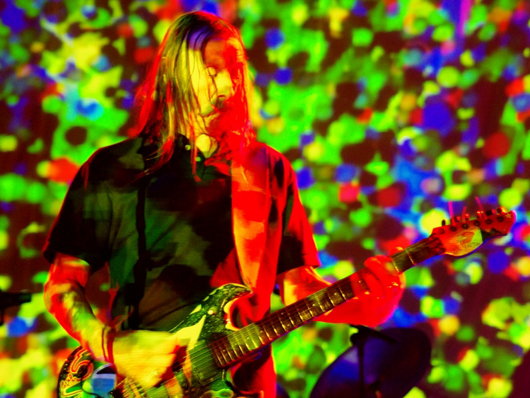
Hawkwind
H is for… Hawkwind
One of prog’s most enduring, and often endearing bands, Hawkwind brought their unique brand of space rock to the prog rock table.
Formed in 1969 in Ladbroke Grove, whilst many prog bands seemed most civil and quintessentially English, Hawkwind were from the counter culture, a hippie collective based in London’s Ladbroke Grove.
They had a massive hit in 1972 with Silver Machine although the late 80s and 90s were something of a fallow period for the band. Have just released a brand new studio album, Blood Of The Earth.
H is also for… High Voltage
A brand new London-based rock festival inspired by Classic Rock magazine. Headlined by ZZ Top and Emerson, Lake & Palmer, High Voltage also features a prog stage backed by its sister publication Classic Rock Presents Prog (of which your humble author is the editor), featuring an array of established and new up and coming prog rock bands.
And yes - this is a plug for MusicRadar's sister magazine!
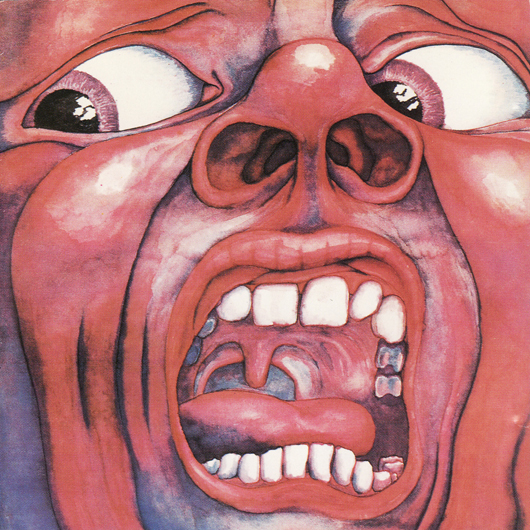
In The Court Of The Crimson King
Is is for… In The Court Of The Crimson King
The 1969 debut album from King Crimson, In The Court Of The Crimson King is largely believed to be one of the best and most influential of the prog rock genre.
The album features bona fide Crimson classics in 21st Century Schizoid Man and that epic title track and reached number three in the UK album charts.
The album also features one of the most distinctive prog rock album covers, painted by Barry Godber, who sadly died within months of the album’s release.
I is also for… IQ
A quintet originally from the Southampton area, IQ rose to prominence as part of the prog revival of the 1980s, which also saw the likes of Marillion, Pallas and Pendragon gain levels of fame. Still going today, IQ were once signed to a major label, but pioneered the DIY approach to setting up their own label that became the lifeblood of the genre.

Jethro Tull
J is for… Jethro Tull
One of the longest lasting and most successful of all the great prog rock bands, Jethro Tull formed in 1967, and an early line-up included Black Sabbath guitarist Tony Iommi.
The band, led by the enigmatic Ian Anderson (a salmon farmer and Scottish Laird no less) who is well known for playing the flute stood on one leg, remain a going concern over 40 years down the line.
With a blues base, Tull added elements of folk and hard rock to prog, notably with their mega-selling 1971 album Aqualung.
J is also for… Jean Michel Jarre
The flamboyant French keyboard maestro who is most famous for his 1976 work Oxygene and the 1978 follow-up Equinoxe, as well as for putting on enormous outdoor shows turning the likes of London’s Docklands and Paris’s Palace de la Concorde. JMJ is one of the first Western musicians to be allowed to play in China.
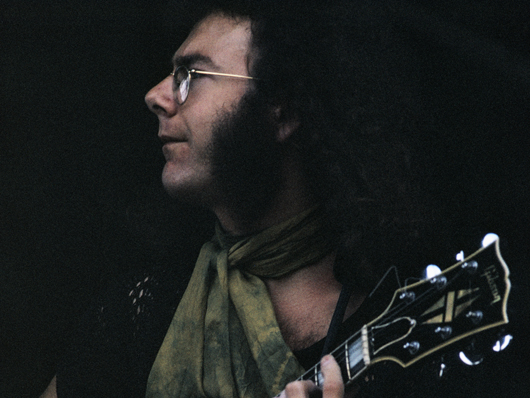
King Crimson
K is for… King Crimson
One of the most talented and eclectic of the prog’s bands, King Crimson formed in 1969 and immediately made an impact with their debut album In The Court Of The Crimson King.
Led by guitar whizz Robert Fripp, the band had something of a revolving door policy concerning line-ups, and featured at various junctures such luminaries as Greg Lake, Bill Bruford and John Wetton.
Fripp disbanded the band in 1974, and reformed in the 1980s as a more experimental outfit, but has always resisted a return to the bands perceived classic line-up and sound.
K is also for… King Arthur
As in '… and the Myths And Legends Of The Knights Of The Round Table', the third solo album from keyboard maestro Rick Wakeman which is notable for the ensuing live performances on ice at Wembley Arena.
Although the album sold well - 12 million copies and counting! - the pricey concerts are regarded as an example of the excess that grounded prog after its early 70s glory years.
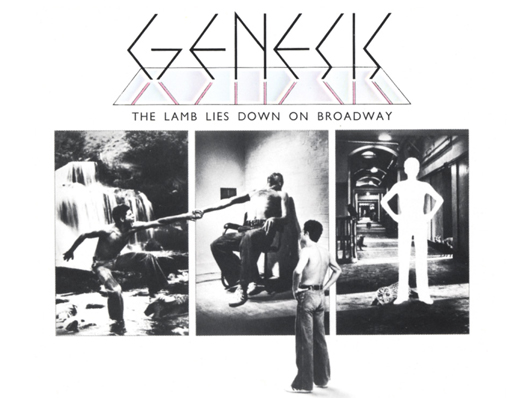
Lamb Lies Down On Broadway, The
L is for… Lamb Lies Down On Broadway, The
The sixth album from Genesis, The Lamb Lies Down On Broadway is a sprawling double concept album that was also the last to feature frontman Peter Gabriel.
Released in 1974 the album centres around the adventures of a Puerto Rican in New York named Rael. The album, which reached No. 10 in the UK, was performed in its entirety live a total of 102 times (Gabriel would cite exhaustion as one of his reasons for leaving the band), and also gave the band something of a hit when The Carpet Crawlers began to gain the band radio airplay.
L is also for… Loreley
The name of a rock formation on the banks of the Rhine in Germany is also etched into prog folklore. Not only have bands such as Wishbone Ash, Styx and Blackmore’s Night penned songs entitled Lorelei (Loreley’s alternative spelling), but Marillion recorded a 1987 VHS there (later a 2009 live CD) and it now hosts the successful annual Night Of The Prog festival.
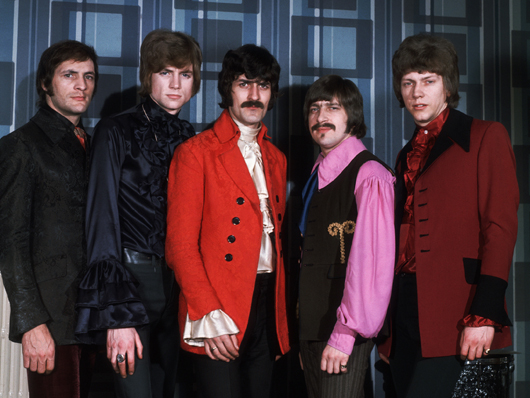
Moody Blues
M is for… Moody Blues
Although they began life as an R’N’B outfit with their 1964 hit Go Now, with 1967’s groundbreaking Days Of Future Passed album The Moody Blues helped invent symphonic prog.
Originally their label wanted the band to record a rock version of Dvorak’s New World Symphony, but they had other ideas, recording their own concept piece featuring the smash Nights In White Satin. From there they’ve never moved back, and still command stadium audiences in America to this day.
M is also for… Marillion
Of all the bands who came through in the 80s prog revival, Marillion were by far the most successful, reaching number one in the UK with their third album Misplaced Childhood. The band survived the loss of original singer Fish and went on to even greater success with his replacement Steve Hogarth, who fronts the band to this day.
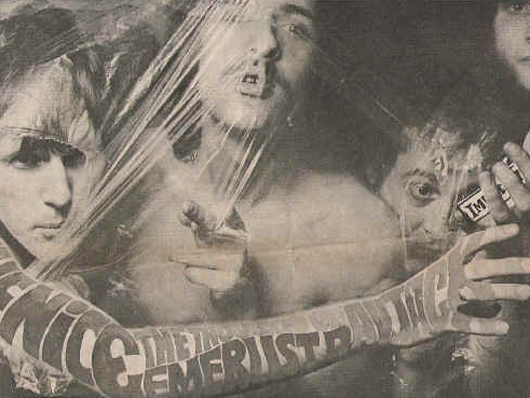
Nice, The
N is for… Nice, The
One of the originators of progressive rock, The Nice started life as the backing band for jazz singer P.P. Arnold.
However fired by the talent and ideas of keyboard player Keith Emerson, the band swiftly moved on from the psychedelic whimsy of The Thoughts Of Emerlist Davjack, taking on board classical influences melded with their bombastic rock on material like America and Rondo.
Emerson split the band in 1969 to form Emerson, Lake & Palmer, who took The Nice’s original ideas to an often illogical conclusion.
N is also for… Neu!
Neu! (German for New) formed out of an early incarnation of Kraftwerk and were, alongside the likes of Can, Faust, Ash Ra Tempel and Tangerine Dream, one of the main bands in the Krautrock movement, which was Germany’s take on prog. Despite a typically Germanic approach, they also released some amazingly catchy-ish singles. As for the rest - come back in a few months for an A-Z of Krautrock. A is for Amon Duul, B is for…
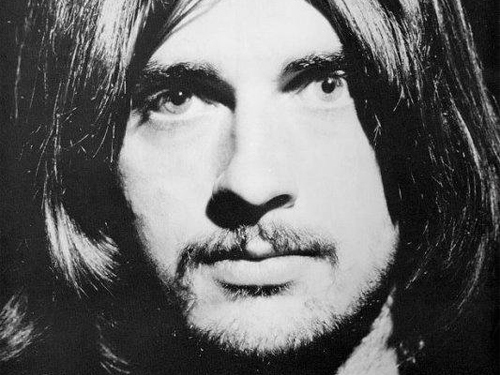
Oldfield, Mike
O is for… Oldfield, Mike
Multi-instrumentalist Oldfield shot to fame with his very first album, 1973’s Tubular Bells and went on to carve out a very successful career, originally built around lengthy instrumental pieces that blended classical and progressive music.
By the late 70s he began to mix in shorter contemporary pieces which would eventually pay dividend with the 1981 hit Moonlight Shadow.
Oldfield returned to the Tubular Bells theme again in 1992 and 1996 and also branched into classical music and computer games.
O is also for… Opeth
Opeth began life as a Swedish death metal band. However hooking up with Porcupine Tree’s Steven Wilson, who produced 1991’s Blackwater Park saw them allow more progressive influences to show through. Today they are one of the leading prog metal bands, recently selling out the Royal Albert Hall.
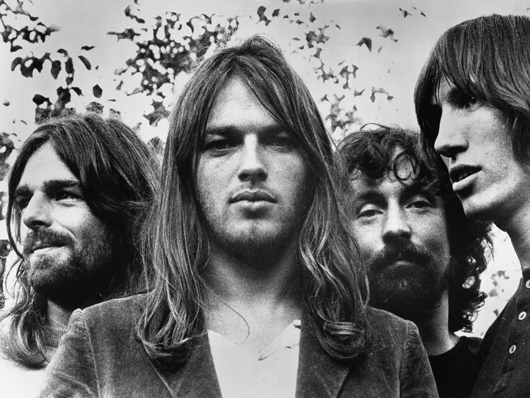
Pink Floyd
P is for… Pink Floyd
One of the most successful of all the prog rock bands, Pink Floyd started life as a psychedelic band but when main songwriter Syd Barrett left the band, replaced by David Gilmour, the band began exploring more expansive soundscapes which by 1973’s The Dark Side Of The Moon paid dividends.
Floyd strode across the remainder of the decade like a colossus, peaking with the double album The Wall. Roger Waters left in 1984 but the band continued on regardless, to even greater success, and reunited for a one-off performance at 2005’s Live 8.
P is also for… Project
As in Alan Parsons Project, initially a studio-based project centred around producer Alan Parsons and manager and songwriter Eric Woolfson. Utilising various musicians and singers the pair created a string of successful concept albums and even had several hit singles before going their separate ways after a disagreement in 1990.
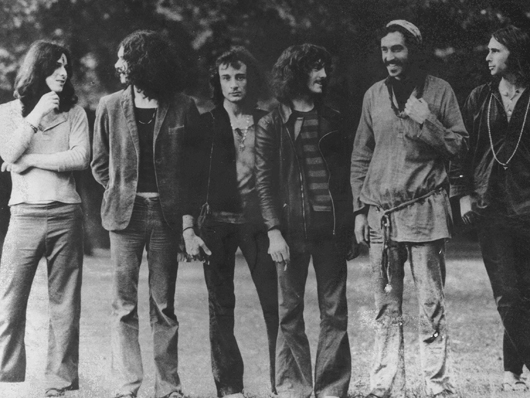
Quintessence
Q is for… Quintessence
Quintessence were quote unique in the grand scheme of prog, for although musically they added a dash of jazz to the prog mix, they also added an Eastern influence of Indian music.
To enhance the new age image they all gave themselves Indian names like Shiva Shankar Jones and Raja Ram. One of the band’s best known songs, Notting Hill Gate was named after the area where they rehearsed.
Raja Ram is currently involved with dance act Shpongle, who also worked with Alan Parsons in 2004.
Q is also for… Qango
A short-lived offshoot from the supergroup Asia, Qango featured Asia members John Wetton and Carl Palmer, and were also supposed to feature Geoff Downes too. However he did not join, being replaced by John Young.
Guitarist Dave Kilminster completed the line-up. The band failed to record an album but one show was recorded for a live album.
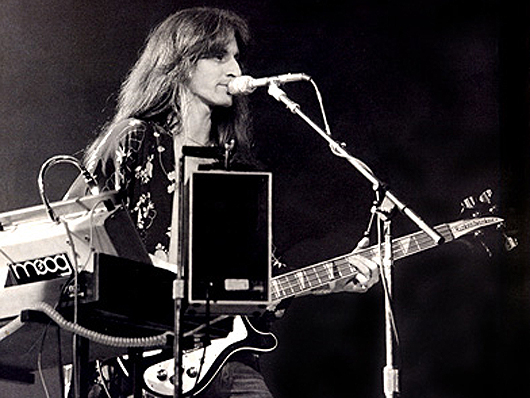
Rush
R is for… Rush
One of the most popular prog bands around, Canadian trio Rush began life as a hard rock act who mixed Led Zeppelin with Yes.
Soon fantasy and sci-fi became prevalent themes in the band’s writing and the music became more complex and conceptual.
Rush have been one of the most consistent of prog’s performers, both live and in the studio. The band are currently touring America, recording a new album, and are the subject of a major movie.
R is also for… Renaissance
Renaissance were a very melodic progressive act who also featured strong elements of folk and classical music. After a faltering start the band settled on a line-up that featured Bolton-born Annie Haslam on vocals, and went from strength to strength, even hitting the pop charts in 1978 with Northern Lights.

Supertramp
S is for… Supertramp
Named after W.H. Davies’s 1908 book The Autobiography of a Super-Tramp, melodic quintet Supertramp were always at the poppier end of the prog spectrum.
After a faltering start the band hit paydirt with the 1974 album Crime Of The Century which featured the smash hit Dreamer. The band repeated the feat with 1979’s Breakfast In America, establishing them as one of the most successful bands of the era.
Singer Roger Hodgson left in 1983 but co-founder Richard Davis continued the band. They celebrate their 40th Anniversary later this year at the O2 Arena.
S is also for… Soft Machine
One of the pioneering bands who epitomised the Canterbury sound, Soft Machine originally featuring Daevid Allen, who would form Gong, and Kevin Ayers, who would later work with Mike Oldfield. They also featured drummer Robert Wyatt for a while. The band became jazzier as time went on.
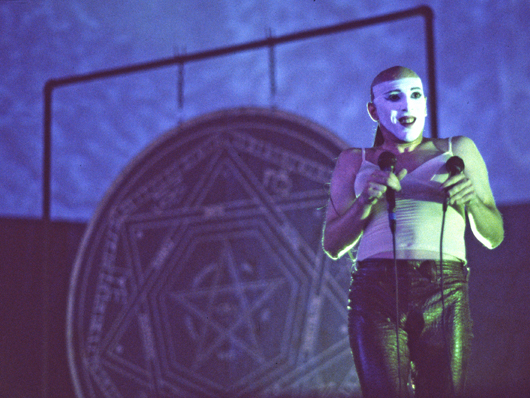
Tool
T is for… Tool
Tool are one of the most influential and pioneering of modern day prog bands. The band began life as very much an alt-metal act, but by the time they released 1996’s Aenima, they’d become a lot more arty in sound.
Follow-ups Lateralus (2001) and 10,000 Days (2006) are full on prog metal records, and some of the finest the genre has heard. The band is fronted by the enigmatic Maynard James Keenan, who also fronted the very progressively inclined A Perfect Circle.
T is also for… Tangerine Dream
The pioneering German synthesizer wizards have been creating music since 1970’s Electronic Meditation. Tangerine Dream really hit their stride in the 1970s with albums like Phaedra, Rubycon and Tangram.
Still a going concern, the band have released over 100 studio albums.
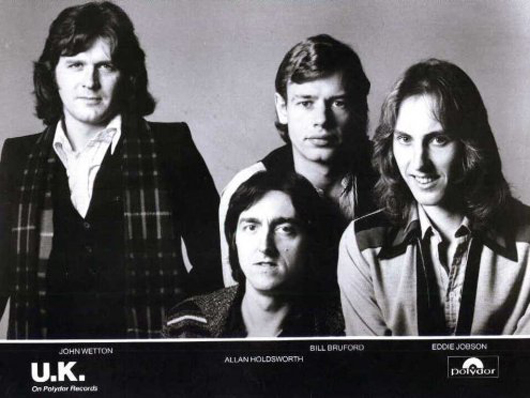
UK
U is for… UK
UK were a late 70s progressive supergroup who featured John Wetton (King Crimson), Bill Bruford (Yes/King Crimson), Eddie Jobson (Roxy Music/Jethro Tull) and guitar legend Allan Holdsworth. This 1978 line-up was the end of a lot of inter-label and -band wrangling, with Rick Wakeman and even Robert Fripp all part of the stew.
They released the excellent self-titled debut album in 1978, after which Holdsworth and Bruford left, and ex-Zappa Band drummer Terry Bozzio joined.
A three-piece line-up recorded Danger Money in 1979 and also released a live album, Night After Night, both of which were more mainstream but the individual talents were still more than evident.
U is also for… Utopia
Utopia were Todd Rundgren’s progressive rock outlet. Having tasted success with The Nazz and as a solo artist, Rundgren formed Utopia in 1973 and released a series of complex and intriguing progressive rock records. The band recorded and toured until 1986, although they briefly reunited in 1992.
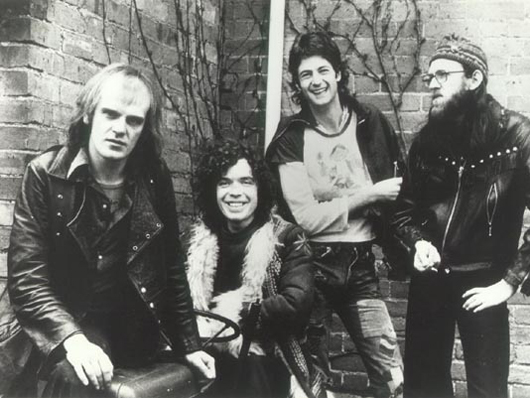
Van der Graaf Generator
V is for… Van der Graaf Generator
Arguably the most eclectic and challenging of the first era of prog rock bands, like Emerson, Lake & Palmer, VdGG (it was always a small 'd') eschewed the lead guitar, in this case replacing it with the squawking saxophones of David Jackson.
Fired by the emotionally fragile vocals and fevered imagination of Peter Hammill, VdGG were often surprisingly melodic but always an intense listen.
They reformed a few years ago to some fanfare, their re-appearance as challenging as ever. Up there with King Crimson as prog’s deliberately awkward buggers.
V is also for… Vangelis Odysseus Papathanassiou
You probably know him better as Vangelis, composer of the trillingly engaging Chariots Of Fire theme, or the more enthralling Blade Runner soundtrack. However he was also a member of Greek prog demi-Gods Aphrodite’s Child, who also featured Demis Roussos (we kid you not), who released the excellent 666, a concept album about the Bible’s Book Of Revelations. the album was released on another 'V' - Vertigo - for which we'd need another A-Z entirely…
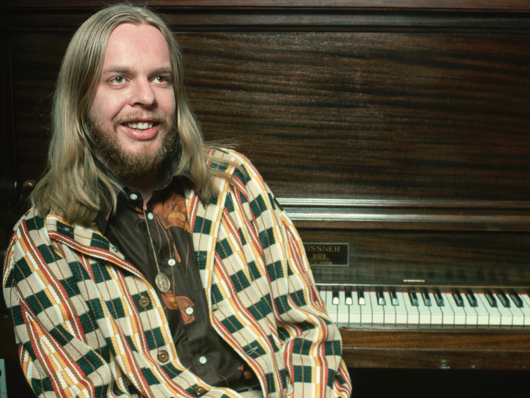
Wakeman, Rick
W is for… Wakeman, Rick
Cape wearer, keyboard wizard, member of The Strawbs, Yes and solo star in his own right, Classic Rock Presents Prog columnist and official grumpy old man, Wakeman embodies everything that is good about prog.
A prodigious talent, a man who’s ideas are grandiose but believable (even on ice!), and who also recognises the folly of both his own work and prog’s more nonsensical excesses, Wakeman is something of a breath of fresh air for the genre.
Even wears a cape in the full knowledge that everyone giggles at him for it!
W is also for… Wakeman’s offspring
Notably Adam and Oliver. The former is keyboard player for Ozzy Osbourne, but also a member of aspiring new prog outfit Headspace with Threshold singer Damian Wilson. Oliver has replaced his father in prog legends Yes.
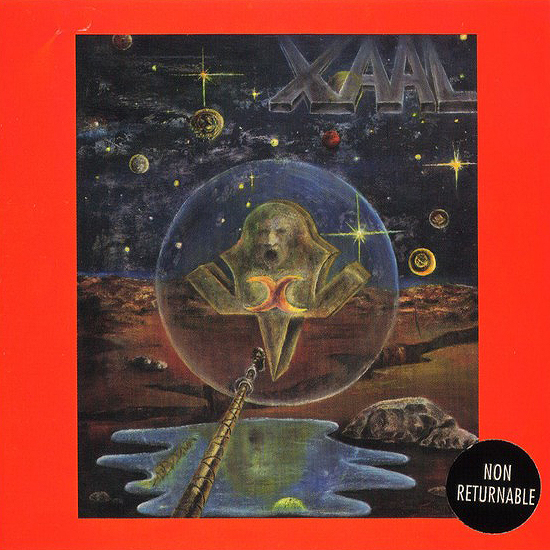
Xaal
X is for… Xaal
An example of French progressive music, three-piece Xaal combined the eclecticism of King Crimson with the finesse of Camel.
The band only ever released two albums in the 90s, both appealing to fans of fusion-based acts like Return To Forever and Brand X - the art rock band that also featured Phil Collins on drums.
As one might expect of a letter as troublesome as X, there is little on show on the Internet of the band, apart from this!
X is also for… XL
Another trio, this time from Finland, but a band again who are rooted in jazz. XL met at Finland’s legendary Sibelius Academy and released a string of albums that played on the band’s ethnicity. They even added a DJ at one point!
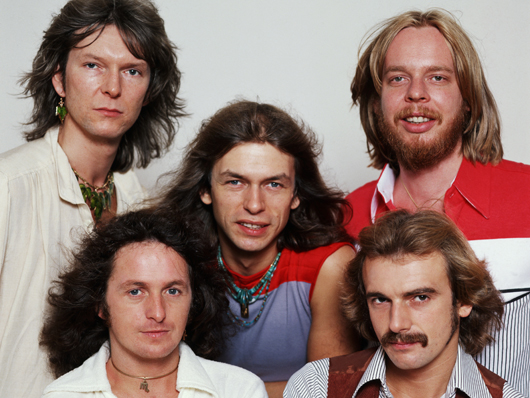
Yes
Y is for… Yes
One of the greatest of all prog rock bands, Yes started out as a band who sounded surprisingly melodic - they even covered Simon And Garfunkel at one point but soon opted for difficult to decipher intellectualism, quirky time changes and heavy conceptualism.
They gave the genre Roger Dean album covers, keyboard star Rick Wakeman and even had a massive international hit with Owner Of A Lonely Heart when the band re-invented themselves in the 80s with the aid of South African guitarist Trevor Rabin.
Y is also for… Yorke, Thom
Yorke is the the nu-prog wonder who fronts the enigmatic Radiohead. Although they began life as your standard indie band but when they released OK Computer in 1997 the press were quick to dub the band ‘the new Genesis’.

Zappa, Frank
Z is for… Zappa, Frank
A legend who may not have made a huge commercial impact on the music world, indeed Peaches En Regalia is only one of his better known tunes, but Zappa’s anti-establishment stance had a far bigger impact on rock music than any hit could have given him.
His Mothers Of Invention’s Freak Out album was one of the precursors of prog rock music and Zappa's later outings into classical music are far more than worthy. Music is sadly lacking without his genius to torment it.
Z is also for… Zeuhl
A sub-genre of prog that is dedicated to French nut jobs Magma, a jazz-infused outfit who are based around a language and mythos invented by band leader Christian Vander. Harsh on the ear, the likes of protagonists Art Zoyd and Guapo are still highly regarded by intense aficionados.
Liked this? Now read: A-Z of heavy metal
Connect with MusicRadar: via Twitter, Facebook and YouTube
Get MusicRadar straight to your inbox: Sign up for the free weekly newsletter